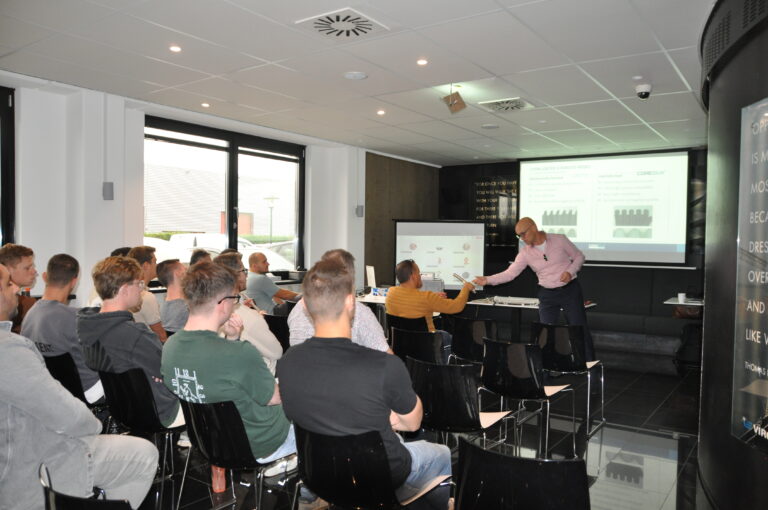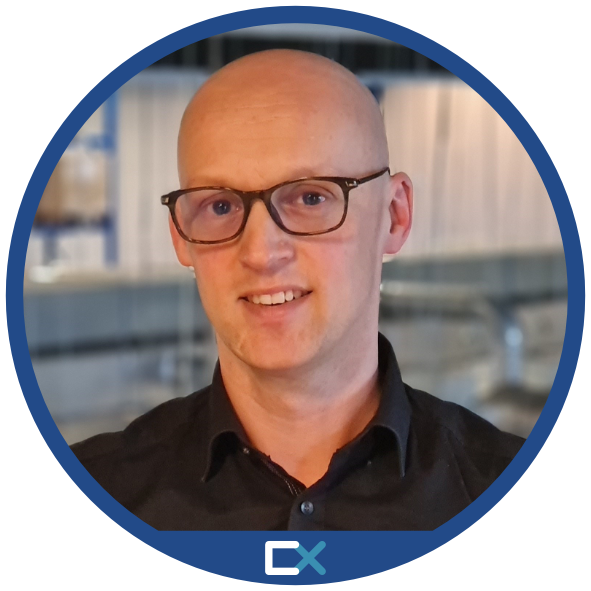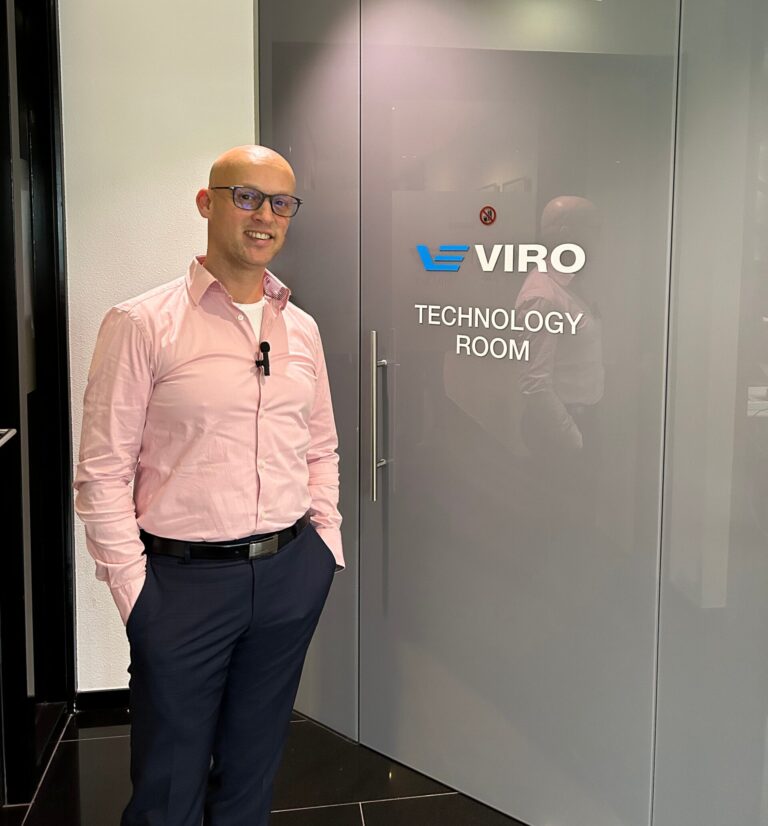Bridging the gap between engineering theory and practice
How VIRO and CoreDux work together for continuous improvementIn high-tech engineering, theory often clashes with real-world challenges. The solution? A practical feedback loop. That’s exactly what the CoreDux Semicon Academy offers: no-nonsense, hands-on training to master gas and liquid transportation systems. When VIRO and CoreDux decided to work on this together, they didn’t just create a training program – they built a problem-solving partnership, focusing on real-world applications and peer-to-peer learning. Their collaboration is built on one thing: solving real engineering problems. Here’s how they do it.
Fixing real world problems
The collaboration between VIRO and CoreDux began in 2017, when VIRO encountered a complex design challenge involving gas and liquid transport systems. The problem centered on non-standardized parts that made welding cumbersome, decreased efficiency, and complicated logistics. Additionally, manual welding processes increased labor time and risk of error.

VIRO and CoreDux join forces to simplify complex design challenges
A powerful collaboration between VIRO and CoreDux has taken root, focused on improving the way complex technical designs are approached and executed. Through the ongoing CoreDux Academy x VIRO sessions, both teams have exchanged critical expertise, leveraging open-worked technical products to gain insights that help break through long-standing barriers in design.
One key takeaway from the collaboration is just how flexible the world of hoses, standard components, adapters, and application areas can be. Recognizing the challenge this poses for designers, CoreDux and VIRO jointly developed a Designers Flowchart – a practical guide for both novice and experienced engineers to select the ideal product assembly for any application.
In addition, they introduced over 130 “Quick Reference Cards” (and counting), providing clear, foolproof instructions that ensure robust and efficient designs. These tools are now integral to daily workflows and are continuously refined based on real-world use, forming a vital pre-design check system for any project.
This collaboration proves that when knowledge is shared openly, innovation thrives.
"Working with CoreDux helped us see our design from a more practical angle. It wasn’t just about the theory; it was about making sure our concepts translated well into manufacturable, efficient solutions."
Daniël Reumkens - VIRO

A two-way knowledge exchange
Since then, the collaboration has deepened through the CoreDux Academy, where both companies learn from each other. The Academy sessions are highly practical, focusing on common engineering challenges such as:
- Welding techniques: Understanding the importance of orbital welding versus manual welding in maintaining consistency and minimizing contamination.
- Flexible hose design and performance: Examining bending radii, material fatigue, and flow resistance.
- Component selection and standardization of procedures: Reducing custom-made parts to streamline assembly and logistics.
- System validation: Techniques for testing cleanliness and vacuum integrity in gas and liquid transportation systems.
At the heart of smarter design lies understanding – and nothing accelerates understanding like being able to see, touch, and explore real, open-worked products. By working directly with transparent and sectioned hose assemblies, engineers from both CoreDux and VIRO have engaged in a powerful two-way knowledge exchange.
"It’s not just our engineers learning from CoreDux; it’s also CoreDux gaining insights from our design perspective. The Academy sessions help bridge the gap between concept and practical application, benefiting both teams."
Daniël Reumkens - VIRO

Take, for instance, this hands-on approach has already led to tangible results. A recent optimization involved designing a stepped transition within a hose, significantly reducing vibrations and flow imbalances. This improvement was made possible by gaining literal insight into the inner workings of the hose and considering performance requirements early in the layout phase.
By enabling engineers to think beyond the schematic, these open-worked models foster deeper understanding, better collaboration, and smarter product choices – driving innovation from concept to application.
"We always try to make it as interactive as possible. Engineers need to touch and feel the products, not just see them on a screen. That’s where real understanding comes from."
Eric Reijven - CoreDux

Continuous improvement through feedback
The Academy’s hybrid model, where online and in-person sessions blend, allows for wider participation while maintaining interactivity. VIRO and CoreDux have moved from small, intimate workshops to sessions that involve engineers from multiple locations. The quick response feedback loop during these sessions remained centrally coordinated, while more complex questions were addressed publicly, with both companies contributing to and benefiting from the learning process.
"The number of colleagues joining the Academy has grown significantly," says Daniël. "Our first session had about 30 participants, while recent hybrid sessions have hosted up to 150. This growth reflects the added value the Academy brings to both our teams."
Daniël Reumkens - VIRO

A partnership of equals
What sets the VIRO x CoreDux collaboration apart is the balance between theoretical insight and practical experience. VIRO’s strength in conceptual engineering meets CoreDux’s practical manufacturing expertise, creating a synergy that drives innovation. Both companies respect each other’s expertise and actively seek ways to learn from one another.
Eric sums it up: “We don’t just train. We share, we solve, we sustain. It’s about creating a long-term partnership where knowledge flows both ways.”
As the Semicon industry evolves, so does the CoreDux Academy. The goal? To make every session a practical, insightful, and interactive experience that leaves engineers better equipped to face real-world challenges.

Whether it’s developing standardized components for more efficient production or understanding how to test and validate a complex system, the Academy remains a crucial part of CoreDux and VIRO’s collaborative success.
In the end, it’s not just about training engineers; it’s about empowering them to think differently – bridging the gap between theoretical design and practical application. VIRO and CoreDux stand side by side in this mission, proving that true innovation comes from combining strengths and learning from each other.






